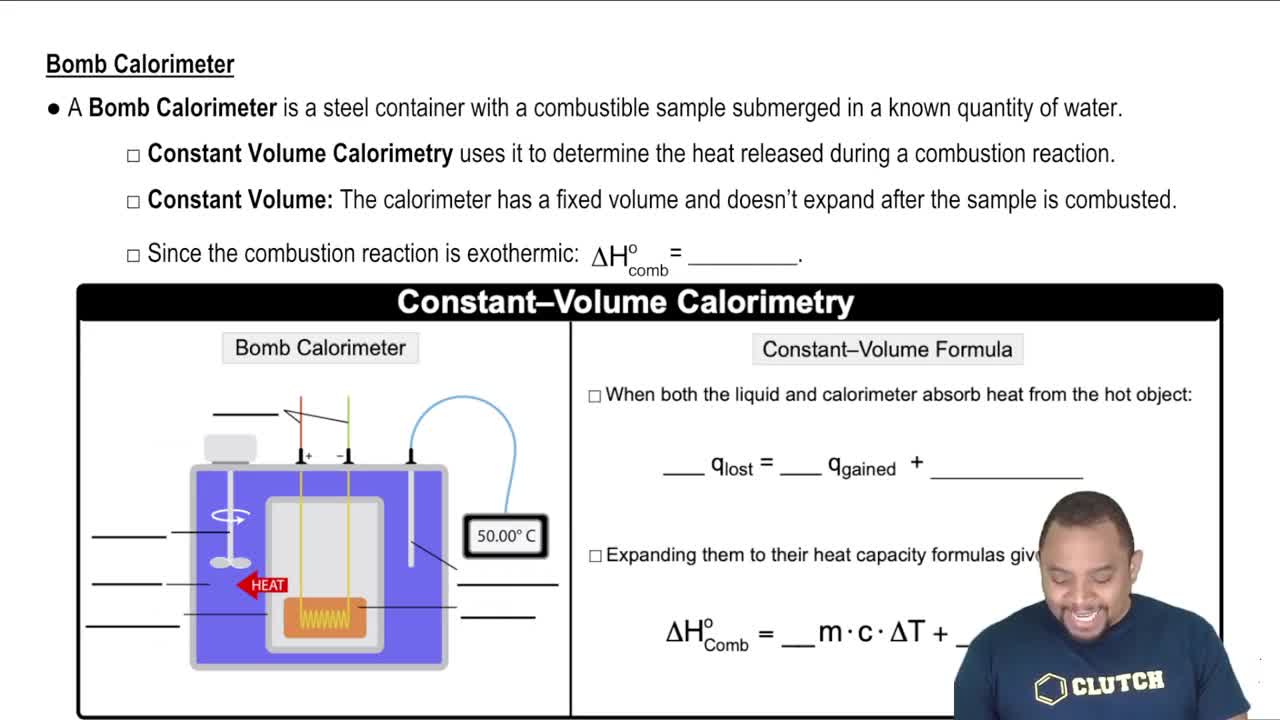Textbook Question
A new penny has a mass of 2.49 g and a volume of 0.349 cm3. Is the penny made of pure copper? Explain your answer.

 Verified step by step guidance
Verified step by step guidance



A new penny has a mass of 2.49 g and a volume of 0.349 cm3. Is the penny made of pure copper? Explain your answer.
A titanium bicycle frame displaces 0.314 L of water and has a mass of 1.41 kg. What is the density of the titanium in g/cm3?
A supposedly gold nugget displaces 19.3 mL of water and has a mass of 371 g. Could the nugget be made of gold?
Ethylene glycol (antifreeze) has a density of 1.11 g/cm3. a. What is the mass in g of 417 mL of ethylene glycol? b. What is the volume in L of 4.1 kg of ethylene glycol?
Ethylene glycol (antifreeze) has a density of 1.11 g/cm3. a. What is the mass in g of 417 mL of ethylene glycol? b. What is the volume in L of 4.1 kg of ethylene glycol?